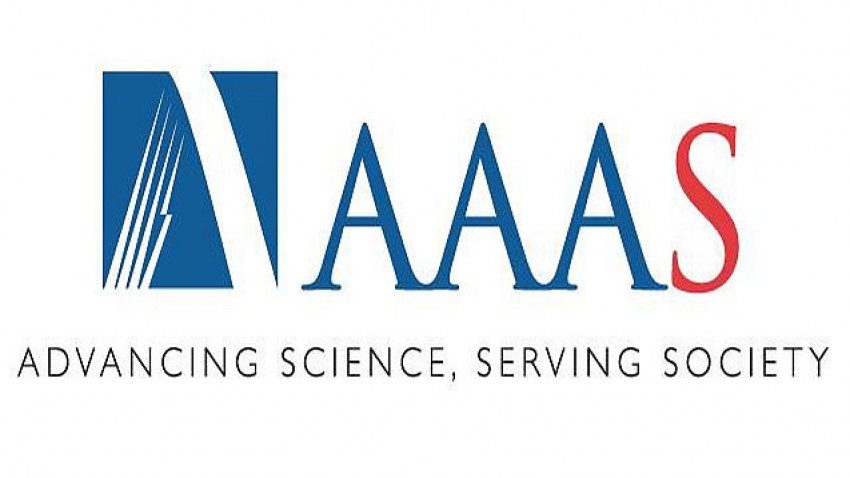
- Graduate Field Affiliations
- Applied Physics
- Biomedical Engineering
- Biophysics
Biography
Lois Pollack received her Ph.D. in physics from MIT and came to Cornell in 1989 as a postdoctoral associate in the Microkelvin Laboratory. In 1997, she changed the focus of her research program to biophysics. She joined the Cornell faculty in Applied and Engineering Physics in 2000. The goal of her research is to determine the dynamic structures of RNA, DNA and proteins, alone and in complex, on all relevant time and length scales. Her research exploits and couples state-of-the-art experimental tools, including x-ray free electron laser sources, micro/nano fabricated mixers and single molecule microscopy. She served as AEP’s Director of Undergraduate Studies from 2005 to 2010 and Department Director from 2014-2020. She received the Swanson Excellence in Teaching Award in 2003 and the Chau Excellence in Teaching Award in 2012.
Research Interests
Pollack’s research program has two distinct themes. The first theme is instrumentation: the development of experimental tools that enable novel, time-resolved studies of proteins, DNA or RNA. By coupling microfluidics with light (either x-rays or lasers), our group has developed and applied tools that report dynamic shape changes as these large molecules assume (‘fold’ to) their biologically active states.
The second theme is a tight research focus on electrostatic interactions in RNA and DNA. The large negative charge carried by these nucleic acids significantly impacts their structure and function. This topic is timely, as recognition of RNA’s central role in the cell continues to increase at an astonishing rate.
- Nanobio Applications
- Nanotechnology
- Biomedical Imaging and Instrumentation
- Molecular and Cellular Engineering
- Biomedical Engineering
- Bioengineering
- Biotechnology
- Molecular Biotechnology
- Microfluidics
- Microfluidics and Microsystems
- Polymers and Soft Matter
- Biophysics
Select Publications
-
Y-L Chen, W. He, S. Kirmizialtin and L. Pollack, “Insights into the structural stability of major groove RNA triplexes by WAXS-guided MD simulations”, RNA triplex structures revealed by data-driven MD simulations”, Cell Reports, Physical Science, 3 100971 (2022).
-
S. Pandey et al., “Observation of substrate diffusion and ligand binding in enzyme crystals using high-repetition-rate mix-and-inject serial crystallography”, IUCrJ, 8 (6), 2021.
-
W. He, Y.-L. Chen, L. Pollack and S. Kirmizialtin, “The structural plasticity of nucleic acid duplexes revealed by WAXS and MD”, Sci. Adv., 7, eabf6106 (2021).
-
G. Calvey, A. Katz, K. Zielinski, B. Dzikovski, and L. Pollack, “Characterizing Enzyme Reactions in Microcrystals for Effective Mix-and-Inject Experiments at X-ray Free Electron Lasers”, Anal. Chem. 92 (20), 13864-13870 (2020).
-
J. San Emeterio and L. Pollack, “Visualizing a viral genome with contrast variation small angle x-ray scattering”, J. Biol. Chem., 295 (47), 15923-15932 (2020).
Select Awards and Honors
- AAAS Fellow, American Association for the Advancement of Science
- Chau Excellence in Undergraduate Research Supervision, Cornell University 2012
- Dorothy and Fred Chau Excellence in Teaching Award, Cornell University 2011
- National Institute of Health EUREKA (Exceptional, Unconventional Research Enabling Knowledge Acceleration - R01 2009
- National Science Foundation Career Award 2004
- Mentor of Merrill Presidential Scholar, Cornell University 2003
Education
- B.A., Physics, Brandeis University 1983
- Ph.D., Physics, Massachusetts Institute of Technology 1989
